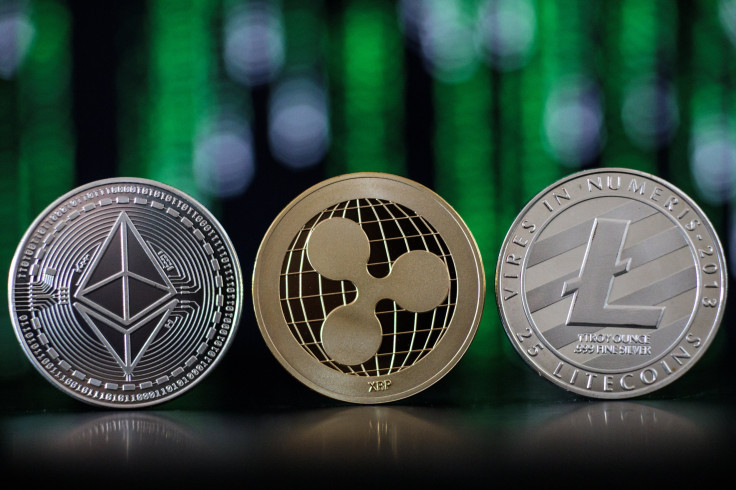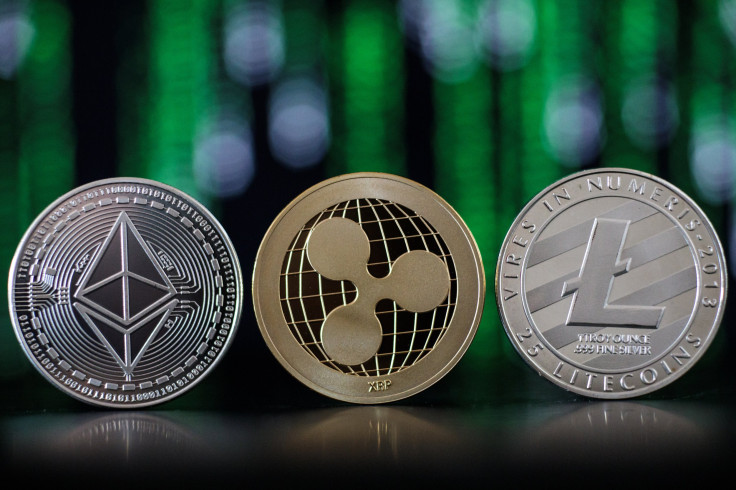The Newest Cryptocurrency Trend? Coin Burn

Last year, the cryptocurrency market simply couldn't be stopped. Over just a 12-month period, the aggregate value of all virtual currencies soared by just shy of $600 billion, which works out to more than 3,300% on a percentage basis. It was a remarkable year in every merit of the word.
This article originally appeared in the Motley Fool.
As the virtual currency market has exploded higher and taken center stage, we've also witnessed a number of trends cycle to the forefront. In the second half of 2017, everything not named bitcoin was all the rage, as investors focused their efforts on the search for the next bitcoin.
Not long thereafter, privacy coins became the next hottest thing in the crypto marketplace. Privacy coins, like Monero, Dash, and Verge, take the perceived anonymity of cryptocurrency transactions and beef it up a whole bunch in order to completely conceal the identity of a sender and receiver of funds, as well as the amount being sent.
Now, a new hot trend has emerged in the crypto space. Ladies and gentlemen, say hello to "coin burn."
Coin Burning Is The Latest Hot Cryptocurrency Trend
While the name might sound akin to an investor with lighter fluid and a match that's having way too much fun, I can assure you there's no actual fire involved with coin burning, namely because virtual tokens only exist in digital form.
What coin burning actually refers to is the process by which cryptocurrency miners -- the persons with high-powered computers that validate transactions for coins operating on the proof-of-work model -- or developers send tokens to a specified address that has private keys which are unobtainable. In plainer terms, it's a means of removing tokens from the circulating supply so as to either slow the rate of coin inflation, or reduce the circulating supply of coins.
If this all sounds eerily familiar, that's because it's similar to the concept of a publicly traded company initiating a common stock repurchase program. If a publicly traded company uses its cash on hand to repurchase shares of its common stock, it should reduce the total number of shares outstanding. In doing so, it makes each remaining share scarcer than before, potentially boosting their value. Further (at least for publicly traded companies), it can improve earnings per share since there are fewer shares outstanding with which to divide net income into.
The concept is similar with coin burning. By removing coins from the circulating supply, the perception is that each remaining virtual token is scarcer than before. This should work to increase their value, rewarding long-term and large-stake tokenholders.
Two Cryptocurrencies That Have Recently Embraced Coin Burn
In recent days, Bitcoin Cash has caught fire, with the virtual currency that forked from bitcoin last summer gaining 94% over the trailing week, through late evening on April 23, 2018. While most folks have been scratching their heads and wondering what's gotten into Bitcoin Cash, the answer looks to be nothing more than coin burn.
According to an April 20 announcement on Twitter from Antpool, a cryptocurrency mining firm that currently validates a little over 8% of Bitcoin Cash's transactions, it's been sending 12% of the coins it receives as block rewards for transaction validation to these aforementioned unobtainable addresses where they can no longer be used. Since mining creates new coins, Antpool's actions are working to slow the annual rate of inflation for Bitcoin Cash's BCH token. This slowing in inflation appears to be having a positive impact on the price of the BCH token.
But even before Bitcoin Cash caught fire on news of a large miner burning coins, Binance Coin and its BNB token were embracing the idea of coin burn. If the name rings a bell, that's because Binance Coin is the official coin of the Binance cryptocurrency exchange. Binance incentivizes users to utilize its BNB coin to pay for transaction fees with staggered trading-fee discounts over the first couple of years.
In mid-January, Binance Coin wound up burning 1,821,586 BNB coins, and did so again in mid-April by burning $30 million in additional coins. Even though Binance Coin hasn't had nearly the same knee-jerk move higher that Bitcoin Cash did following the disclosure of Antpool burning some of its block rewards, Binance Coin has nonetheless been among the top performing virtual currencies since the year began.
Coin Burn Comes With One Pretty Clear Risk
On one hand, some investors might view coin burn as a sign that cryptocurrency developers are finally beginning to look out for the well-being of investors in their tokens. But assuming that coin burn is a guaranteed positive could wind up being a mistake.
The biggest issue with coin burn is in assuming that it'll always reduce the outstanding number of tokens, and that this inherently means a virtual currency should head higher. The fact remains that the circulating supply of digital tokens tends to be very fluid and is often hard to discern.
Take bitcoin as a perfect example. Some folks would argue that bitcoin's scarcity is what makes it valuable. The number of bitcoin is capped at 21 million tokens, which provides the perception of scarcity. Yet, bitcoin has created new tokens on a number of occasions through cryptocurrency hard forks -- i.e., splits in a cryptocurrency caused by a disagreement between developers on what future path should be taken with regard to network upgrades. That's how Bitcoin Cash, Bitcoin Gold, and Bitcoin Private were created. There's nothing that stops bitcoin, or other virtual currencies, from forking again in the future, which provides a false sense of scarcity.
If there were some way to guarantee the scarcity of a virtual currency, that would make coin burn a potentially intriguing value creator for existing tokenholders. But without this guarantee, it may prove to be far less effective in creating value and boosting token prices than most cryptocurrency investors realize.
Sean Williams has no position in any of the stocks or cryptocurrencies mentioned. The Motley Fool owns shares of and recommends Twitter, but has no position in any cryptocurrencies mentioned. The Motley Fool has a disclosure policy.












